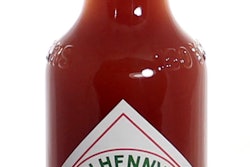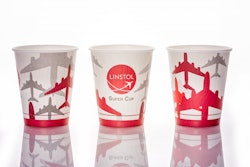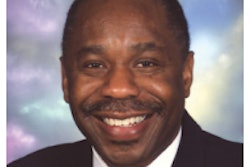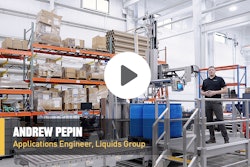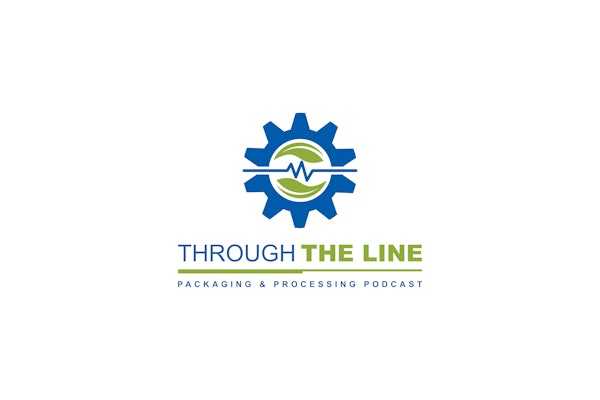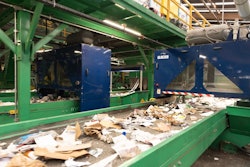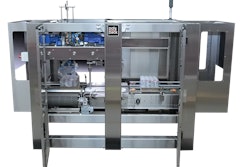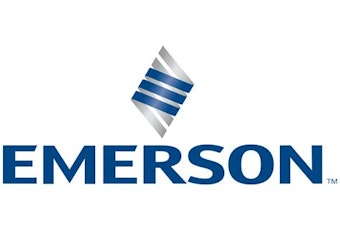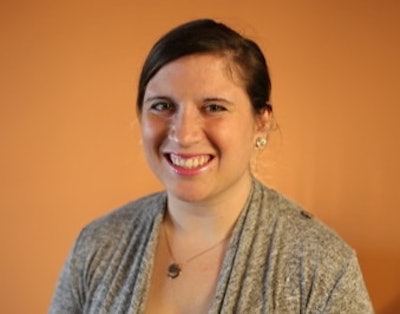
“Airplane mode”: I’m a Millennial, which means for me, WiFi is central for survival, so those two dreaded words filled me with fear as I began my flight to visit San Francisco for the first time. I wanted one more chance to educate myself on how to navigate the unfamiliar city, but with that one simple click on my phone, I was cut off from the GPS. I wondered how I could ever travel an unfamiliar city without this luxury and was immediately relieved when the plane landed so I could find my way to my destination.
This got me thinking about how navigating an overly complicated package paralleled my attempt to navigate a new and crowded city without the help of my handy GPS. With the barrage of logos, seals, and stamps on most consumer packaged goods, it’s often difficult to fully understand products on retail shelves—like having a constant “airplane mode” on the package. In order to understand how consumer purchase decisions and visual attention are influenced by sustainability logos, Package InSight and QuadPackaging partnered to test the idea using CUshopTM, a fully immersive retail consumer experience laboratory located on Clemson University’s campus.
To test our hypothesis of how consumer attention and sales are affected by a package’s sustainability visual element, a badge indicating sustainable packaging validations was applied to various paperboard packages in a range of product categories found within a typical grocery store. The badge was intended to replicate an inspection or grading scale (similar to a local public health department’s A-B-C grading of restaurants), along with the validation of that grade by a larger objective entity (e.g., the Brewers Association Independent Craft Brewer Seal).
For this study, we used a salt-and-pepper approach to variable testing, which allowed us to efficiently test each claim against a baseline of 60 participants. With this method, one group of participants shopped for specific products having a claim as well as specific products without a claim. This was then swapped for the second group of 30 participants. Each participant was given a prompt (e.g., “You are on a quick trip to the store on the way home”) and a shopping list (a carton of beverages, pasta, a snack, etc.). The list was on a small clipboard where they were asked to write down purchase codes for the items they selected.
While the participants were in the store, eye-tracking technology was used, continuously recording and pinpointing the participants’ visual and nonconscious attention at 50 times per second. This study generated over 800,000 data points (60 participants @ 4 minutes—the average time spent shopping) that were then aggregated in our analyzer software to draw relevant conclusions.
In the same way I had feared the thought of navigating the unknown bustling streets of San Francisco, participants seemed lost while going about their shopping task. A startling 92% reported they did not notice the sustainability logo on any of the products of interest. Furthermore, those who did report seeing the badge on the products when shopping actually spent no time looking at the badge. Eye-tracking results correlated well with these findings, with very few significant differences found between those products with a sustainability badge and those without—just like being stuck on airplane mode with no directions.
Taking a deeper dive, we examined the actual badge on the primary display to see if consumers noticed it and eventually paid attention to it on the pack. Out of our group of 60 shoppers, only one participant noticed the badge on the beverage, snack, and pasta products, five participants noticed the badge on the health product, and zero participants noticed the badge on the frozen meal product. As for the participant who noticed the badge on the veggie crisps, it took 76 seconds to notice. Just think about that for a second: On average, consumers spend two to three seconds finding a product of interest within the competitive array, but noticing this badge on the bottom right of the package took 25-times longer.
Thinking back to how lost I would have been in San Francisco without my GPS, I can easily see how the participants may have had the feeling of not being able to turn on their navigation system. My phone was my roadmap to success in navigating the new city; the secret streets and destinations would not have been uncovered if I was left in the dark in ghastly airline mode.
Education allows consumers to switch off airplane mode and efficiently navigate the complicated roadways of logo-dense packages on the shelf. When it comes to consumers and sustainability claims on packaging, the consumer wants to understand what they are looking for and why they are looking for it. In order for this type of sustainability packaging to not only be seen, but also understood, consumers need education on the brand’s commitment to sustainability through integrated marketing campaigns and legitimate follow-through on package design.
With this in mind, QuadPackaging and Package InSight plan to perform annual reviews of this work to see how the reception of sustainability labeling changes over time due to increased awareness and education efforts in this arena.
Let’s go back to San Francisco once more. Thinking about navigating the city with no map or directions is not only overwhelming, but foolish. In order for consumers to be able to navigate the plethora of information on a package, it is our job to offer a GPS—Great Packaging Strategy—and education is the roadmap the consumer needs. After all, no one is a fan of airplane mode.
Editor’s Note: This bimonthly column from Dr. R. Andrew Hurley, PhD has been guest-written by Dr. Julie Rice, Research Director for Package InSight.
Access the complete study here.


